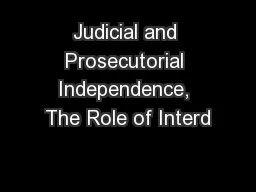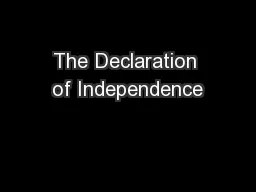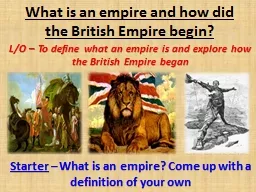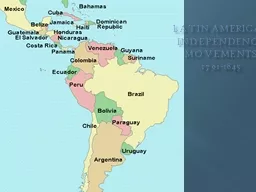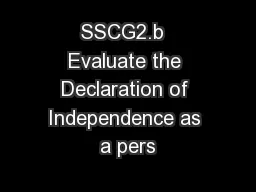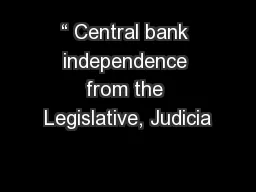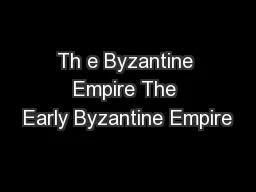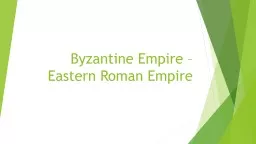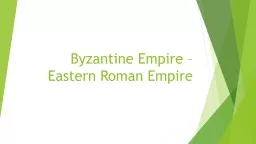PPT-From Empire to Independence
Author : aaron | Published Date : 2018-11-06
17501776 Key Topics The final struggle among Great Britain France and American Indian tribes for control of eastern North America American nationalism in the aftermath
Presentation Embed Code
Download Presentation
Download Presentation The PPT/PDF document "From Empire to Independence" is the property of its rightful owner. Permission is granted to download and print the materials on this website for personal, non-commercial use only, and to display it on your personal computer provided you do not modify the materials and that you retain all copyright notices contained in the materials. By downloading content from our website, you accept the terms of this agreement.
From Empire to Independence: Transcript
Download Rules Of Document
"From Empire to Independence"The content belongs to its owner. You may download and print it for personal use, without modification, and keep all copyright notices. By downloading, you agree to these terms.
Related Documents


